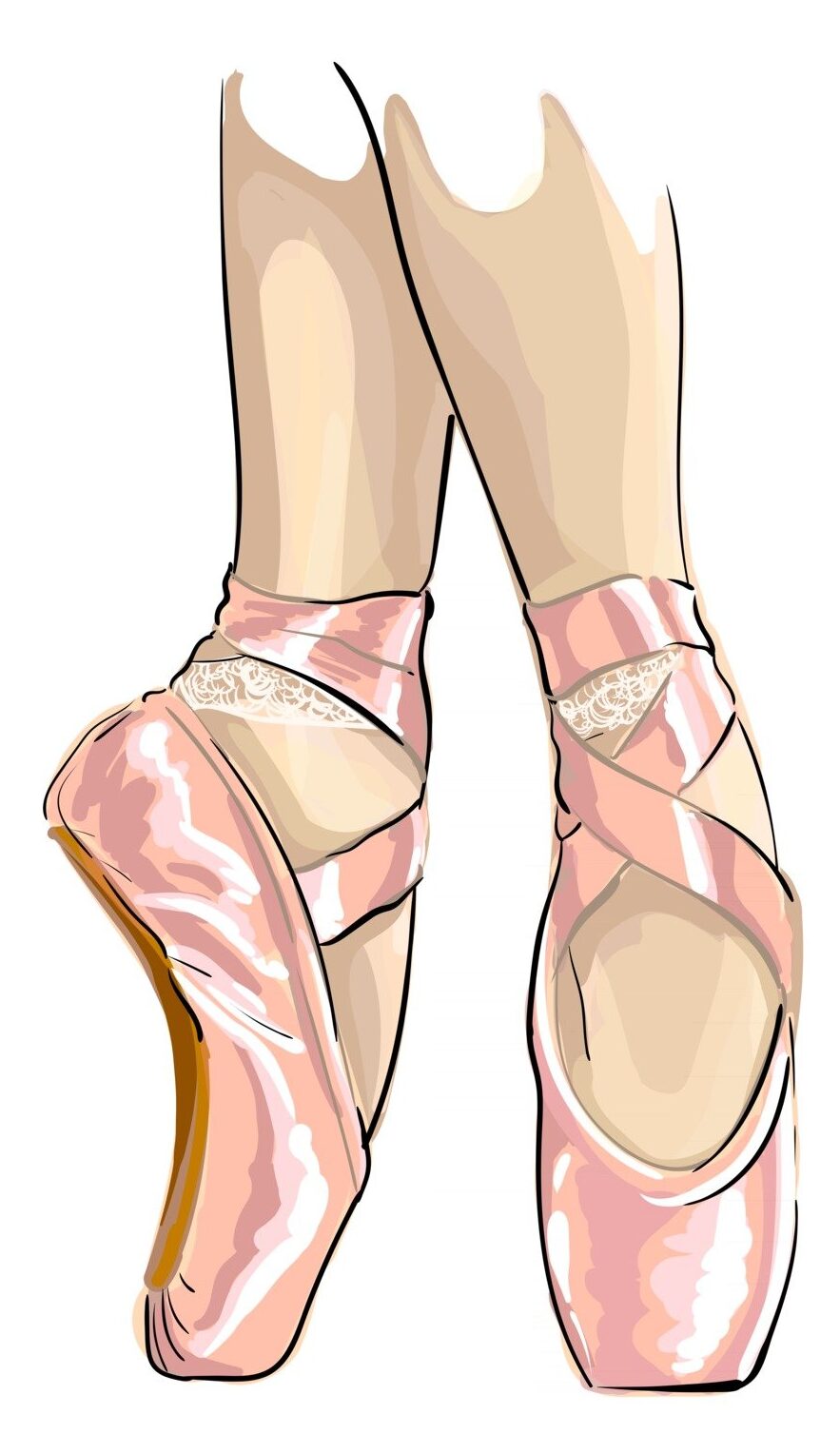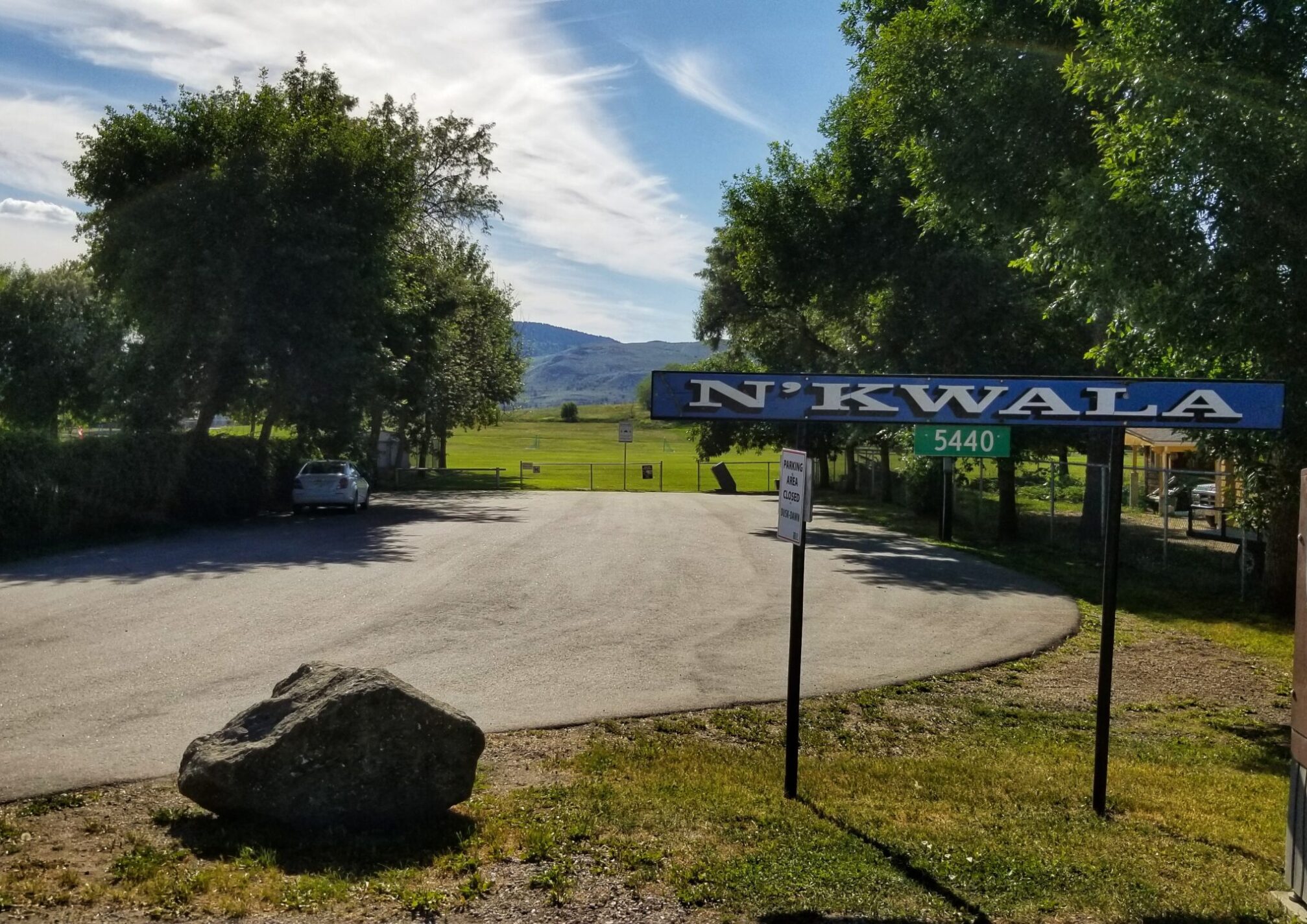
Seeing Double
An exciting new addition to the Vernon Archives is contributing to the telling of Vernon’s social history. This unique donation consists of a scrapbook detailing the story of the Vernon Twin Club, which met for the first time on September 14, 1977.
The club was organized that year by two Vernon mothers, Phyllis Dyck and Diane Katz. Both Phyllis and Diane had twins, two girls and two boys, respectively.
After attending a meeting of the Okanagan Parents of Multiple Births Association in Kelowna, Phyllis and Diane decided Vernon needed its own club of this kind. They contacted the Vernon Jubilee Hospital and the local Health Unit, wrote letters to sister clubs, and obtained the support of Nurse Nancy Rebkowich who agreed to show films and host other activities at their meetings, which were set to take place the second Wednesday of each month.
Supporting parents of multiples
The club was developed as means to support parents of multiple children through the stresses of this most important job. It brought in guest speakers to discuss the physiological and psychological development of twins, and arranged “take-a-break” sessions once a week with babysitters. The club members also supported each other through the physical and financial challenges of having multiple babies, by organizing clothing and toy swaps, and supporting new mothers once they had been released from hospital.
The club was open to young twins and multiples of various ages, but at its outset, membership only consisted of cuties (and their parents) aged one year or younger. After the first meeting in September of 1977, the club arranged a meet-and-greet a month later on October 12.
History Preserved
The scrapbook consists of several adorable pages of photographs of the club’s youngest members over the years, posing formally for portraits, and in scenes of club events including Christmas parties, coffee outings, and pumpkin carving sessions.
Twin Clubs are common around the world, a much-needed support for parents whose lives have been greatly enhanced, but also made more complicated, by the arrival of multiples. Vernon’s own Twin Club lasted into the mid-1980s, but is not longer active. However, its history is preserved for future generations in an unassuming scrapbook that made its way to the Vernon Archives.
To explore more of Vernon’s history, check out our other blog posts!
Gwyneth Evans, Head of Archives

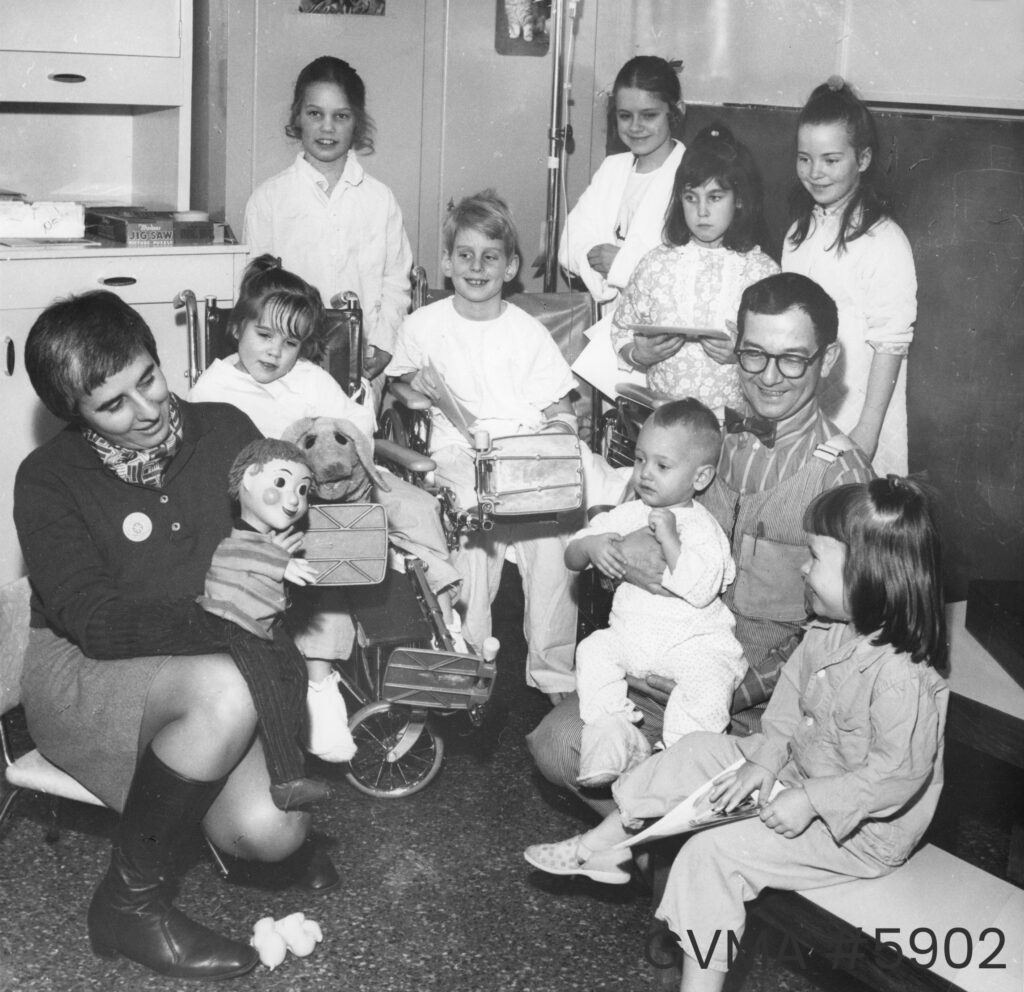
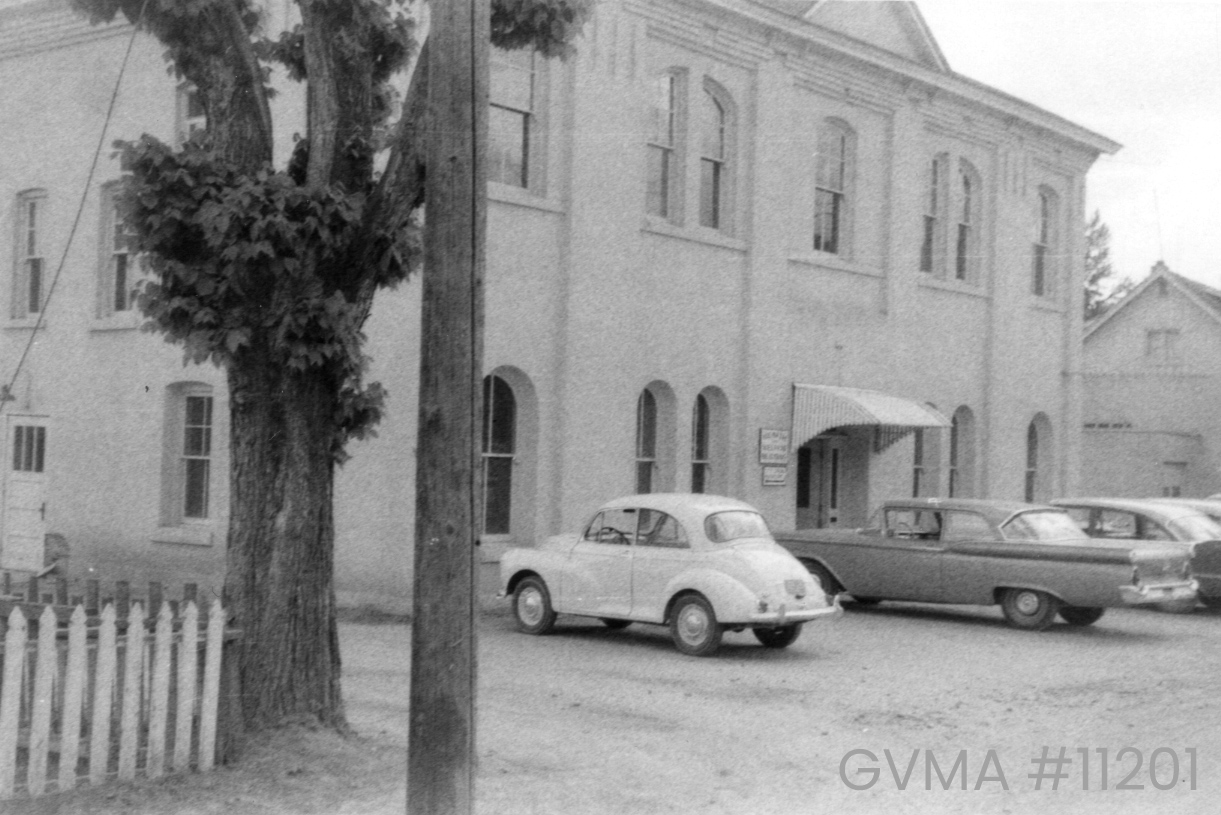
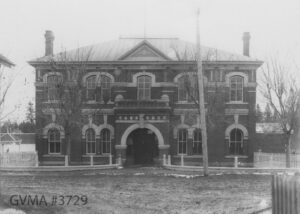

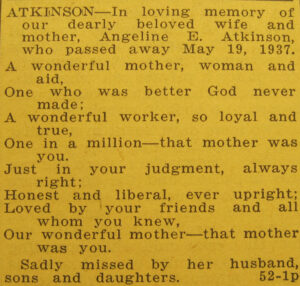

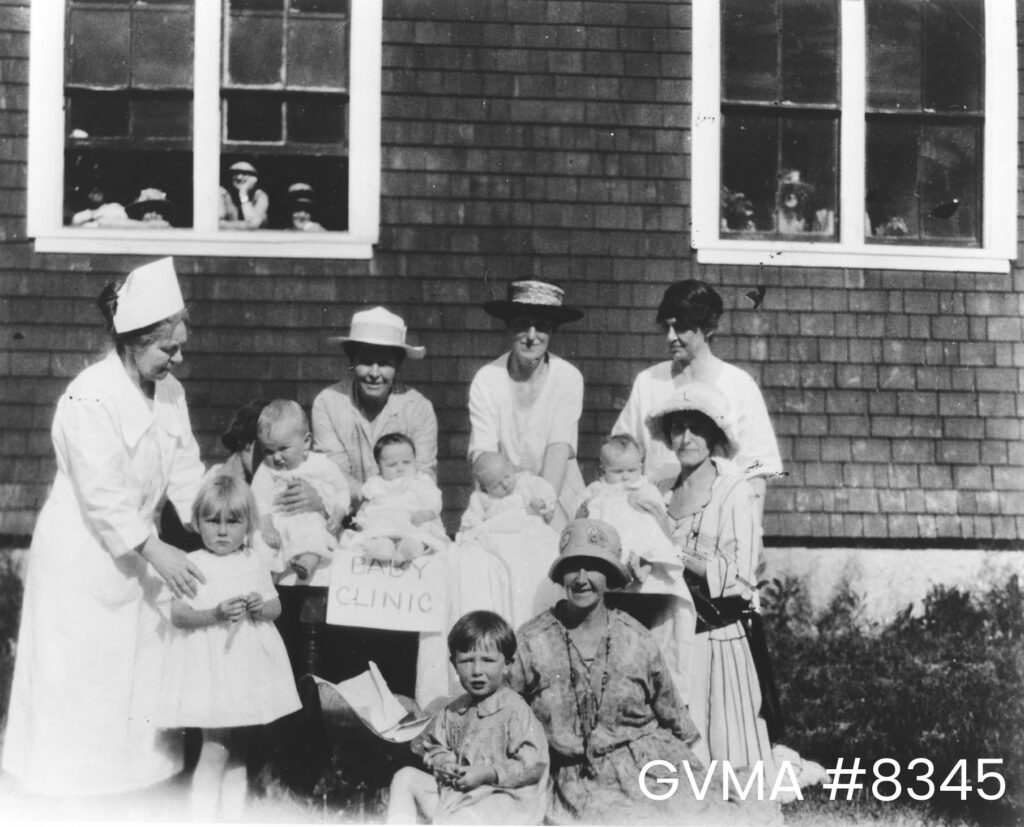
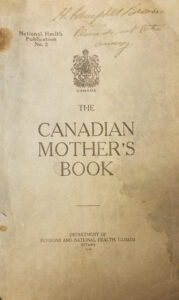

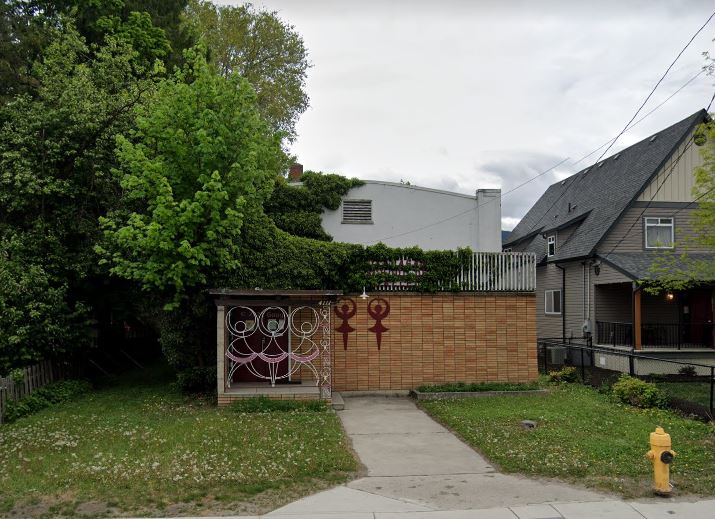
 Banks, who holds an advanced executant certificate from the Royal Academy of Dance, has being teaching dance to students of all ages and skill-levels for more than 40 years. That is a lot of pointed toes!
Banks, who holds an advanced executant certificate from the Royal Academy of Dance, has being teaching dance to students of all ages and skill-levels for more than 40 years. That is a lot of pointed toes! 